Pauline Chevalier
Usability of a Robot's Realistic Facial Expressions and Peripherals in Autistic Children's Therapy
Jul 23, 2020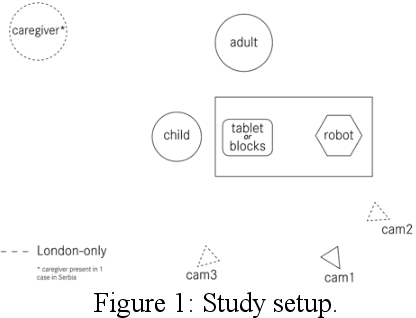

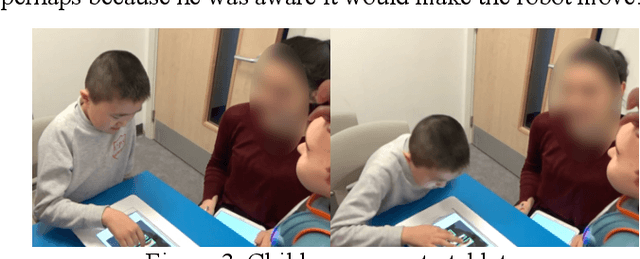
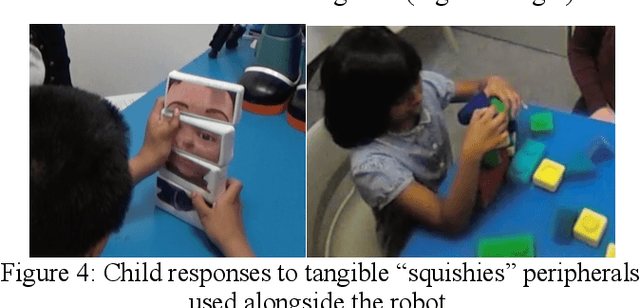
Abstract:Robot-assisted therapy is an emerging form of therapy for autistic children, although designing effective robot behaviors is a challenge for effective implementation of such therapy. A series of usability tests assessed trends in the effectiveness of modelling a robot's facial expressions on realistic facial expressions and of adding peripherals enabling child-led control of emotion learning activities with autistic children. Nineteen autistic children interacted with a small humanoid robot and an adult therapist in several emotion-learning activities that featured realistic facial expressions modelled on either a pre-existing database or live facial mirroring, and that used peripherals (tablets or tangible 'squishies') to enable child-led activities. Both types of realistic facial expressions by the robot were less effective than exaggerated expressions, with the mirroring being unintuitive for children. The tablet was usable but required more feedback and lower latency, while the tactile tangibles were engaging aids.
Proceedings of the Workshop on Social Robots in Therapy: Focusing on Autonomy and Ethical Challenges
Dec 18, 2018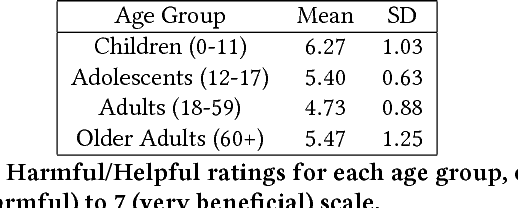
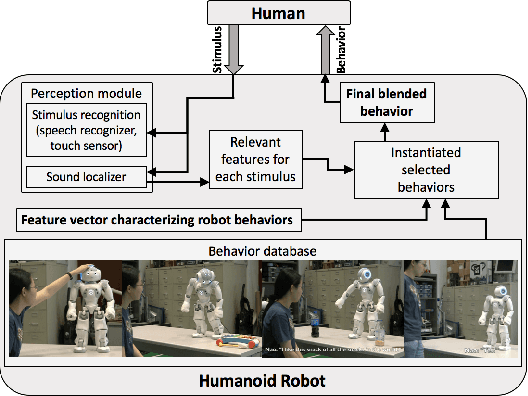
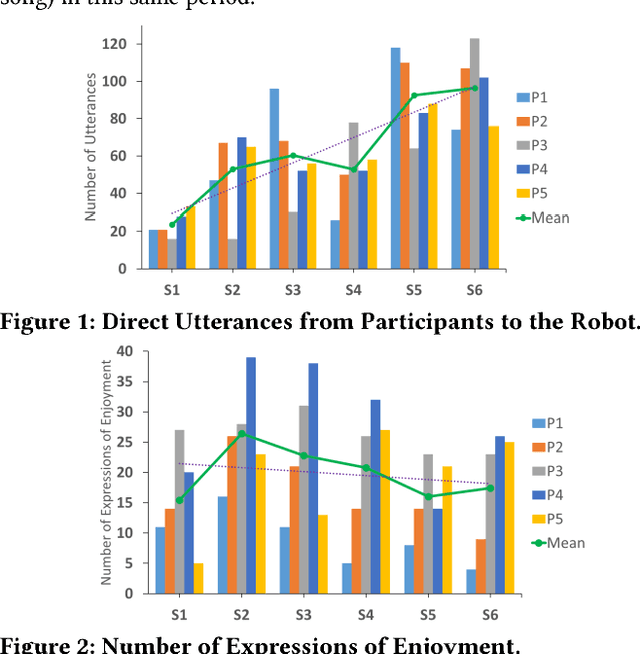
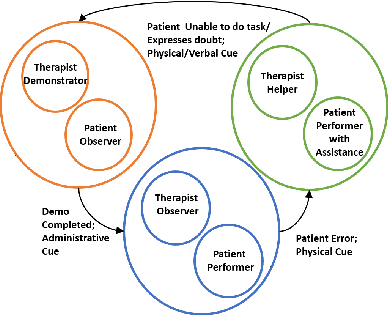
Abstract:Robot-Assisted Therapy (RAT) has successfully been used in HRI research by including social robots in health-care interventions by virtue of their ability to engage human users both social and emotional dimensions. Research projects on this topic exist all over the globe in the USA, Europe, and Asia. All of these projects have the overall ambitious goal to increase the well-being of a vulnerable population. Typical work in RAT is performed using remote controlled robots; a technique called Wizard-of-Oz (WoZ). The robot is usually controlled, unbeknownst to the patient, by a human operator. However, WoZ has been demonstrated to not be a sustainable technique in the long-term. Providing the robots with autonomy (while remaining under the supervision of the therapist) has the potential to lighten the therapists burden, not only in the therapeutic session itself but also in longer-term diagnostic tasks. Therefore, there is a need for exploring several degrees of autonomy in social robots used in therapy. Increasing the autonomy of robots might also bring about a new set of challenges. In particular, there will be a need to answer new ethical questions regarding the use of robots with a vulnerable population, as well as a need to ensure ethically-compliant robot behaviours. Therefore, in this workshop we want to gather findings and explore which degree of autonomy might help to improve health-care interventions and how we can overcome the ethical challenges inherent to it.
 Add to Chrome
Add to Chrome Add to Firefox
Add to Firefox Add to Edge
Add to Edge